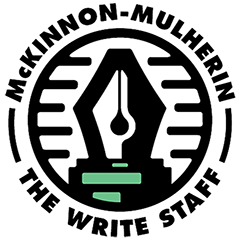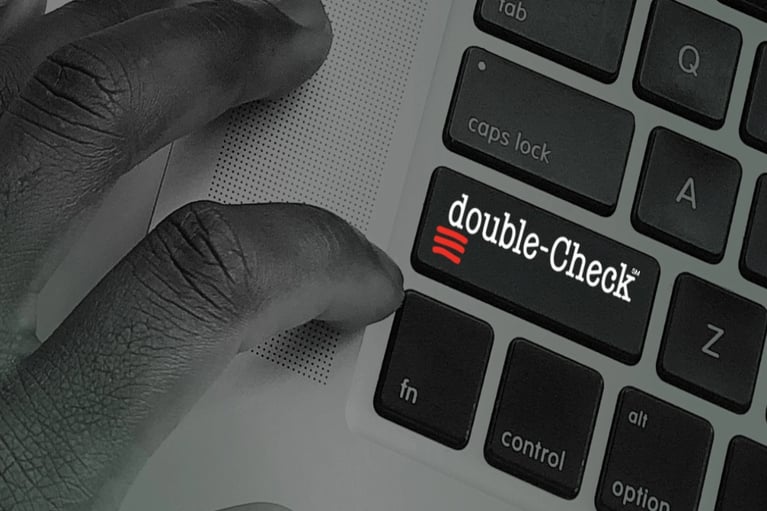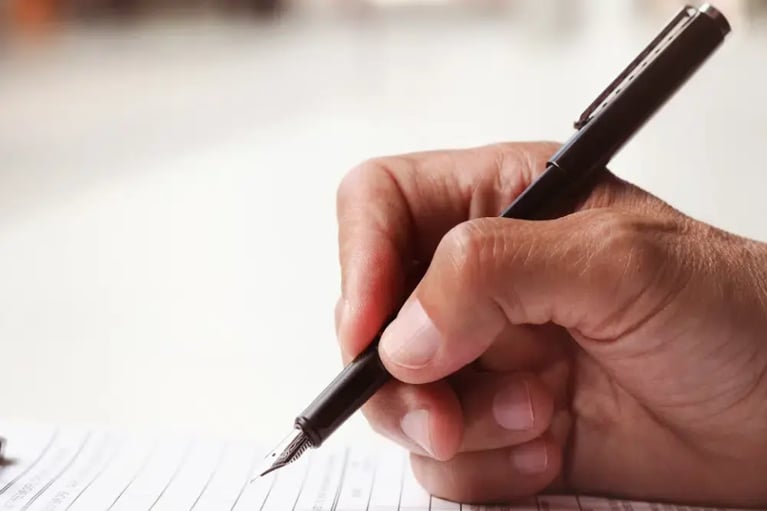Proofreading 102: Watch Your Language
Welcome back!
Last time, we defined proofreading (and distinguished it from editing). If you missed out, head back to Proofreading 101 and rejoin us when you’re ready—because it’s time to get practical and dive into the how of proofreading.
How to Proofread
The how appears in the word “proofread” itself: read the content in full and examine it closely for any mistakes. This task is objective; you’re seeking out incorrect elements in the text and correcting them:
- Improper grammar
- Capitalization errors
- Spelling mistakes or typos
- Misplaced or misused words
- Errors in punctuation
- Inconsistencies in formatting
- Adherence to a style guide, such as The Chicago Manual of Style (Chicago) or The Associated Press Stylebook (AP)
Proofreading requires thorough attention to detail, so plan to read through the text at a slower pace than you normally would to catch everything.
Self-Proofing vs. Proofing for Others
While there are dozens of tricks for proofreading your own work, getting someone else to do it for you is almost always more effective than doing it yourself; a fresh pair of eyes is more likely to spot minor errors than your own because your mind starts to fill in gaps when it already knows the material.
At McMul, we make sure every project gets reviewed by more than one set of eyes before delivery—so if you’re looking for someone to review your work, look no further! Proofreading is one of our specialties.
When you don’t have the option of getting someone else to proofread your essay, proposal, marketing materials, or other project, the following tips should help.
Pro Tips for Proofreading Faster and More Effectively
Proofreading is a skill, so you have to practice to become proficient; there’s no quick fix or single answer. Still, we know a few tricks you can try to jump up the learning curve.
Minimize Distractions
You can’t hope to find and correct all those tiny details if you can’t give the work your undivided attention. Start by minimizing distractions in your environment, and do the same for your desktop by closing unnecessary applications and windows.
Know Your Style(book)
Should your work follow a specific style manual, guidebook, or dictionary? Find out before you start your proof—and make sure you know the ins and outs of the style guide you’re following.
Common Style Guides for General Writing in the US
Adjust Your View
A small change in the appearance of the text can nudge your brain out of its comfort zone and help you spot errors. Before you proofread, try changing the font, increasing the font size, or using the zoom function to enlarge the text—or change the medium entirely and print it out. At that point, consider using a ruler or a piece of paper to keep yourself from skipping ahead or moving too quickly.
Focus Your Efforts
Proofing for every error in every section all at once can be overwhelming—so simplify! Pick through one sentence at a time, isolating it from those surrounding it. Similarly, you can comb through the text for one specific issue at a time. For example, proof your comma usage first: analyze every comma and ignore other errors. Similarly, you could focus on one text element: fix up all headings at once, then all tables or captions, then the body text.
You do have one advantage when proofing for yourself: you know where you’re likely to make mistakes in your writing. Combine this advantage with focusing your efforts on a single mistake to target your personal weak spots.
Read Radically
You can also try a radical approach: either read out loud or read backwards. Reading out loud is a popular trick that helps you find errors you might overlook while reading silently. For a really different view, read backward (just the word order, not the letters themselves). This helps you zero in on one word at a time, then one sentence at a time.
Sneak Peek at Our Next Topic
Next time, we’ll start applying these lessons directly to some commonly used software applications and file formats. Come back to learn all about proofreading in Microsoft Word. Then, we’ll look at Google Docs before entering the wild world of PDF proofing.
While you’re honing your skills, you might need a little help—and the McMul team excels at making your writing shine. Contact us and let us make you look good.
Sources
https://blog.ipleaders.in/importance-proofreading/
https://writing.wisc.edu/handbook/grammarpunct/proofreading/




